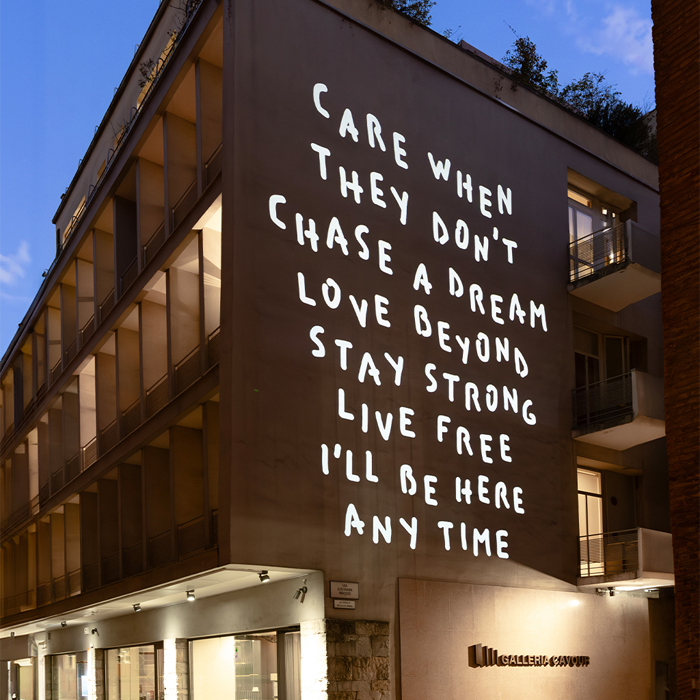Multimedia content for the Imperial Ramp exhibition
The Imperial Ramp was discovered by Giacomo Boni in 1900 thanks to the demolition of Santa Maria Liberatrice. Its restoration and scientific research were completed in 2015, thus opening to the public this monumental structure built by Emperor Domitian in the 1st century AD.
The Superintendency entrusted us with creating a multimedia itinerary for the exhibition about the Domitian Ramp and Santa Maria Antiqua. To achieve this, we developed an interactive screen with augmented reality and an audiovisual projection showcasing the archaeological findings and the history of the complex, offering visitors an interactive experience that allows them to discover the historical richness of the place.
CLIENT Soprintendenza per il Colosseo e l’area archeologica centrale di Roma
YEAR 2015
FEATURES
-
Divulgation multimedia itinerary
-
Digitalization of Archaeological Remains
-
HD Digitalization of Documentary Heritage
-
Laser Scanning of Monuments
-
Interactive Touch Totem
-
Storytelling and Storyboard
-
Editing and Post-production of Audiovisual Images
-
3D Models
-
Animation of Historical Illustrations and Engravings


Project
As part of the dissemination project for the scientific research, Visivalab has enhanced the exhibition documenting these excavations with different multimedia technologies. The outcome is a real journey through time, providing a fresh perspective on technology’s application to cultural heritage.
INTERACTIVE TOTEM
As a digital guide to the exhibition, we designed a totem that presents the displayed archaeological pieces from the area of the Giuturna Fountain. This tool acts as a window to the past, transporting the visitor to the excavations of the early 20th century by connecting each piece with the context of its discovery, which we learn through the historical documentation.
The interactive screen is organized into three sections that provide a comprehensive view of the exhibited heritage:
On the left, there’s a timeline organizing the materials according to their antiquity, while on the right, the remains are contextualized within the excavation. In the center, the user can explore the elements from different perspectives in augmented reality, thanks to prior digitization. Information cards appear over the images, delving into the description, specific characteristics, and further data about the discovery.


NARRATIVE AUDIOVISUAL PRODUCTION
We also produced a video that narrates the story of the vanished church of Santa Maria Liberatrice and the Roman and early medieval buildings uncovered.
The video begins with a panoramic view of the Roman Forum, showing the adjacent monuments and the original church layout. Then, it transitions to historical photos, presenting the church’s former appearance, followed by the reconstruction of a 3D model based on plans and elevations from the early 1900s. It also allows the viewer to virtually explore its interior, which we simulated using the preserved images from its altars and walls. The climax is reached through a dramatic simulation of the church’s collapse, blending real photos with cinematic effects, ending with the discovery of the statues and other remains.



